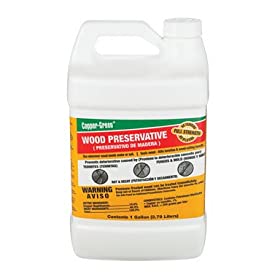Old Hilly
ArboristSite Operative
Very wise, Eddy, very wise indeed.
I didn't mention that some of this stuff will enter your body via your skin (wear PVC gloves) or via your lungs (so wear a propper insecticide rated respirator, not one of those paper dust mask thingies). The heat of the exhaust from your saw and the heat caused by the chain cutting the wood is enough to sort-of activate whatever that was in the creosote (if it was creosote and not something nastier like PCP) and you get a fairly concentrated dose of whatever is in the wood.
Please take extreme care with this crap, you are a long time dead. I also have no idea if any of this stuff causes changes to DNA which could be carried over to your future offspring.
Cheery old ******* ain't I?
Take care, I wish you well.
Dennis.
PS. If you smoke, don't do it around this crap either. It just gets the fumes into your lungs just that little bit faster.
I didn't mention that some of this stuff will enter your body via your skin (wear PVC gloves) or via your lungs (so wear a propper insecticide rated respirator, not one of those paper dust mask thingies). The heat of the exhaust from your saw and the heat caused by the chain cutting the wood is enough to sort-of activate whatever that was in the creosote (if it was creosote and not something nastier like PCP) and you get a fairly concentrated dose of whatever is in the wood.
Please take extreme care with this crap, you are a long time dead. I also have no idea if any of this stuff causes changes to DNA which could be carried over to your future offspring.
Cheery old ******* ain't I?
Take care, I wish you well.
Dennis.
PS. If you smoke, don't do it around this crap either. It just gets the fumes into your lungs just that little bit faster.



























































